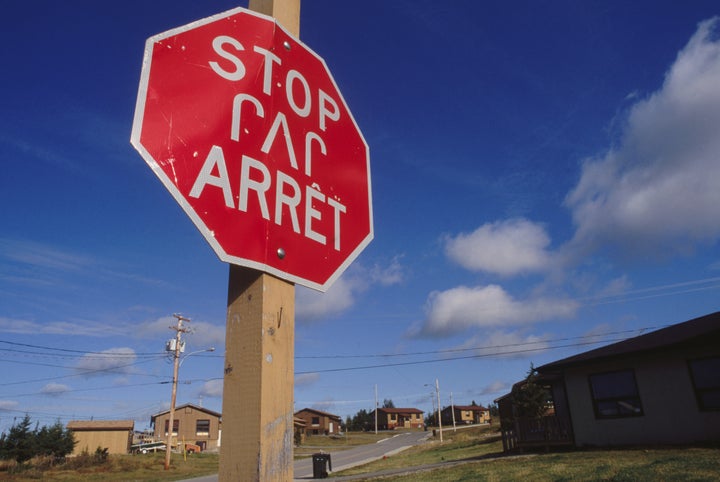A petition requesting Google add one of Canada’s most common Indigenous languages to its Translate app is gaining traction.
The petition had more than 1,600 signatures as of Tuesday.
Montreal publisher Joseph John is behind the petition. He tried to use Google’s app to translate his comic book about an Indigenous superhero into Cree, when he realized it wasn’t an option. He said that’s unacceptable.
“Google’s exclusion of the most widely spoken First Nations language, Cree, as well as other First Nations languages, from its Google Translate app hurts,” said John in his petition.
“Google has squandered a great opportunity to popularize this pristine language with millions of its users.”
Cree is one of the most common Indigenous languages spoken in Canada. More than 96,000 people reported speaking it in the 2016 census.

Cree and other Indigenous languages are declining in use. In 2016, only 16 per cent of Indigenous people were able to speak an Indigenous language compared to 29 per cent 20 years before, reported Statistics Canada.
Colonialism, residential schools and forced assimilation played a significant role in the decline of Indigenous languages. Young Indigenous students weren’t allowed to speak them and were severely punished for doing so. Indigenous parents stopped passing down their mother tongue to protect their children from abuse.
John, who immigrated to Canada from India in 2007, said the petition and comic book “Citizen Canada” are about raising awareness about Indigenous cultures.
Google Canada said it is gradually adding languages to Translate, which needs millions of examples to learn from.
“Unfortunately we don’t have a timeline for that specific language, the process of adding language to Translate takes a big concerted effort from contributors,” said spokesperson Luiza Staniec.
Watch: First Nations Girl kicks starts ribbon skirt movement.
In recent years, there’s been a push to encourage and celebrate Indigenous languages. A video of student Emma Stevens singing the Beatles “Blackbird” in Mi’kmaq went viral. MPs have access to translators if they wish to speak an Indigenous language, including Cree, in the House of Commons. A federal court released its first ruling in Cree and Dene in 2019.
Adding Cree to Google Translate should be common sense, said John. The app already includes the Indigenous Polynesian language Maori, which about 50,000 people speak, and is also an official language of New Zealand.
“If Google could find the resources for including Maori on its app, there is no reason to believe that it will have any difficulty in including Canada’s most widely spoken language,” John said.
Google has worked with First Nations on promoting awareness about their languages.
Google Earth and University of Victoria researchers created a tool that allows users to hear greetings and traditional songs in 55 Indigenous languages from around the world, including Hul’q’umi’num, spoken by First Nations on Vancouver Island.
Google also has developed the Nato font family to provide the needed symbols to type or text in many endangered Indigenous languages, including Cree.